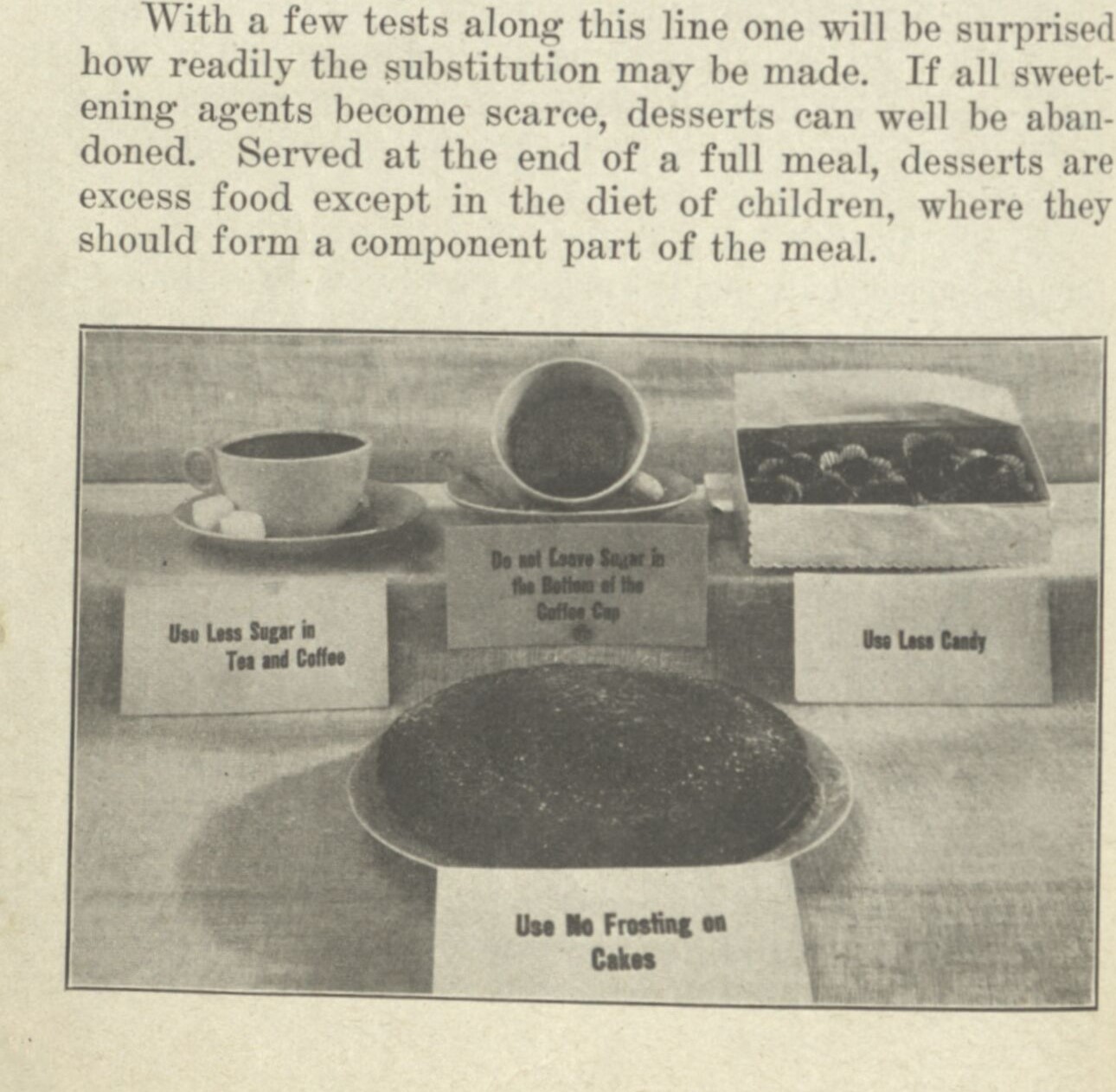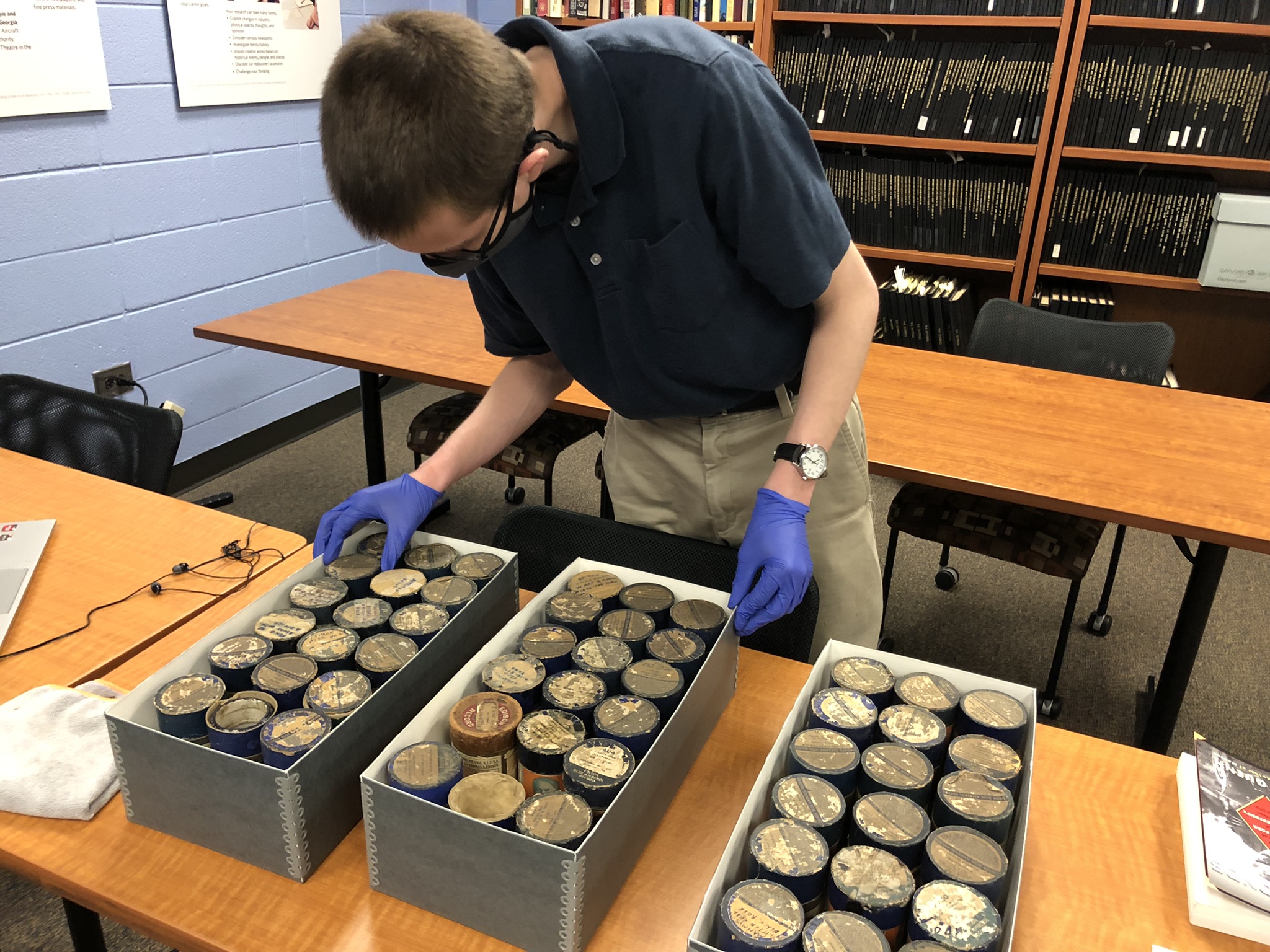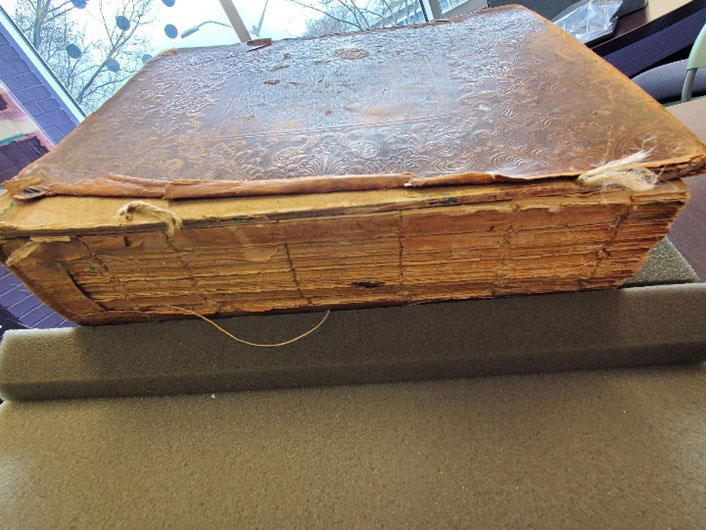
The Ultimate QUESTions - Researching Rare Books
KENNESAW, Ga. | Oct 28, 2022
Special Collections Curator JoyEllen Williams describes her recent adventure researching a seventeenth-century religious text.
To be a rare book professional, you have to enjoy, tackle, grapple with, and celebrate the research process. Rare book research is a skill (well, more like an adventure) that I practice every day as curator of the Bentley Rare Book Museum. Some days, I find myself researching binding styles to investigate the leather or cloth covering on a book I just acquired. Other days, I’m scouring WorldCat to determine an approximate printing date for a mysterious, undated text I found in the collection. On really exciting days, I move beyond my own research tasks and help others with rare book research requests. Recently, I received a fascinating request from a researcher interested in a seventeenth-century religious text. In this post, I will explain the request, how I approached the research process, and the answers I uncovered.
In early September, a patron sent a reference request to the Bentley Rare Book Museum about an interesting book in his collection. He described the item as a 1612 quarto edition of the New Testament of the King James Bible, but it is bound with a 1620 Booke of Common Prayer, 1621 Great Bible Psalter, and 1621 metrical Psalms. The patron’s text is an example of a sammelband, which is “a German word for books in which two or more bibliographically distinct works are bound together within the same covers.”[1] The patron asked for an image of the title page of the 1620 Booke of Common Prayer and a bibliographic description of this text including signatures (I will explain the meaning of signatures later). But first, let’s pause. I’d like to be transparent. Even though I am a professional curator who lives and breathes rare books, I was a little intimidated by this request. I was nervous because seventeenth-century English Bibles are not my personal area of expertise, and while the Bentley Rare Book Museum has several biblical texts similar to the ones the patron listed, we do not have those exact texts. Doubtful thoughts flooded my brain. Am I knowledgeable enough to understand, let alone assist, with this research question? Should I forward this email to one of my colleagues who studies seventeenth-century religious texts? What if I cannot find the answer? What if I let the patron down? What if I complete the research and I am wrong? These thoughts are normal, even for cultural heritage professionals. While it is often necessary to send a question to a colleague with specialized expertise or to a repository with more appropriate resources, that was not the case here. The patron’s question did not require me to have subject expertise in seventeenth-century English Bibles. The patron was not asking me to write a dissertation about the works; he was asking me to help him retrieve information about them, and that is where I shine.

While in Connexion, I found hundreds of records for the 1612 New Testament in English printed by the King’s printer Robert Barker, and after weeding through them, I found a helpful record that describes the quarto edition of the 1612 New Testament. Once I had an idea of the main text in the researcher’s possession, I did an OCLC search for the 1620 prayer book. I found numerous catalog records for the 1620 Booke of Common Prayer, and in almost all the records, there were references to the English Short Title Catalogue (often abbreviated as STC or ESTC). The ESTC is a free catalog of over 480,000 texts published mainly in the British Isles and North America between 1475 and 1800. Items featured in the catalog are housed in the British Library and over 2,000 other libraries. The ESTC is an invaluable resource for identifying and researching early books printed in the English language. The ESTC is also helpful because each book has a unique identification number. These ID numbers are then placed in other catalog records, which helps accurately relate catalog records to one another. The ESTC numbers that were frequently referenced in my OCLC Connexion search for the 1620 Booke of Common Prayer were “16353,” “16354,” and “16355.” With these numbers in hand, it was time to pivot to the ESTC and determine which of these texts most accurately matched the patron’s description.
My search in the ESTC led me to a catalog record for a quarto version of the 1620 Booke of Common Prayer. This text is identified by the number 16354. How did I choose this record? Well, it largely came down to format. The word “quarto” that I mentioned a few sentences earlier refers to a format of handmade books where the individual sheets are folded twice to make gatherings of four leaves. Handmade books were often produced in a variety of formats, so while other records for the Booke of Common Prayer described copies in other formats, I chose the quarto version because another book in the patron’s sammelband is in a quarto format. Since I did not have the patron’s book in front of me and could not evaluate its format myself, further analysis would be up to the patron. The ESTC record also included the text’s collational formula. Collation is the “bibliographical description of the physical composition of a book, expressed in a more or less standardized formula.”[3] Collational formulas include a listing of a book’s signatures, which are combinations of letters and/or numbers placed in the center of the recto (front side) of a leaf. Signatures are important because they were the printer’s way of explaining to the binder how the printed sheets should be folded and sewn together.[4] In the patron’s original message, he asked for a listing of the book’s signatures. The ESTC record that I found satisfied this request and would allow the patron to determine whether the book in his posession matched the copy described in the record.
To assist the patron with his second and final request – an image of the 1620 Booke of Common Prayer title page – I navigated to a helpful database called Early English Books Online (EEBO). EEBO is a digitized collection of over 146,000 English texts printed between 1470 and 1700. Access to this database generally requires an account with an academic library or another research institution. After accessing EEBO through the Kennesaw State University Library system, I found a digitized version of the 1620 Booke of Common Prayer that matched with the ESTC number 16354. I then downloaded an image of the title page for the researcher to examine and compare with his copy.
This example illustrates one of the many ways that rare book curators can assist patrons even when the book in question is not housed in the curator’s home collection. I thoroughly enjoy using my research skills and specialized bibliographic resources to assist patrons no matter where they are or what rare book they possess. My goal is to connect patrons with the bibliographic resources they need to succeed, and if their inquiry is beyond my knowledge, to find someone better suited for the job.
KSU-affiliated patrons in need of rare book research assistance can request services using the Department of Museums, Archives and Rare Books’ ServiceNow Portal. Patrons not affiliated with KSU can email rarebooks@kennesaw.edu.
[1] John Carter, ABC for Book Collectors, ninth edition, revised and edited by Nicolas Barker and Simran Thadani (New Castle,
DE: Oak Knoll Press, 2016).
[2] https://www.oclc.org/en/worldcat.html
[3] Carter, ABC for Book Collectors.
[4] During the handpress period, books were not usually printed and bound by the same
people. The printer was solely responsible for printing text onto sheets, and then
these sheets were delivered to a binder, who would fold, sew, and trim the sheets
to make a book.
















